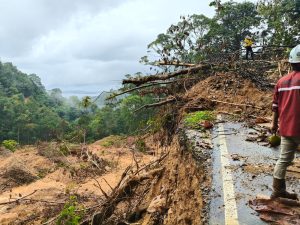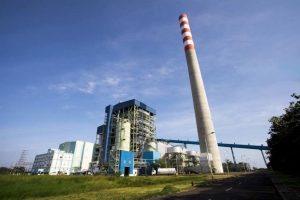Jakarta – Efforts to implement carbon capture and storage (CCS) technology in the Abadi Masela LNG Project have undergone a series of studies in collaboration with LAPI ITB since 2022. Currently, INPEX Masela Ltd. and SKK Migas have announced that the subsurface technical study for the CO₂ storage location has been completed.
SKK Migas Deputy for Exploitation, Taufan Marhaendrajana, in an official statement last weekend, said that the completion of this study is an important foundation before entering the Front End Engineering Design (FEED) stage.
“This CCS study confirms the geological readiness of the Maluku region for carbon storage and demonstrates the commitment of the Abadi Masela Project to Net Zero Emissions,” said Taufan.
CCS technology is designed to capture CO₂ emissions from gas production processes at the Abadi field, thereby enhancing the project’s global competitiveness while supporting national decarbonization targets.
First CCS project for LNG in Indonesia
INPEX Masela Executive Project Director Jarrad Blinco said that the success of this study strengthens the Masela Block’s position as a pioneer in the application of CCS in Indonesia’s LNG sector.
“This project is the first in Indonesia to integrate CCS into LNG development. It is a concrete step towards supporting the clean energy transition while ensuring energy supply for the country,” said Jarrad.
He also appreciated the close partnership with SKK Migas and ITB, which enabled the study to be completed on target.
ITB LAPI researcher Prof. Benyamin Sapiie explained that the study included 3D geomechanical modelling, 4D CO₂ movement simulation, and laboratory testing to map the risks and uncertainties involved in carbon storage. “These results provide a comprehensive overview of CO₂ storage capacity and the economics of the operating area,” he said.
The Abadi Masela Project is targeted to begin production in 2030. LNG production will reach 9.5 million tons per year, contributing more than 10% of Japan’s annual LNG import needs, while strengthening Indonesia’s energy security.
With CCS technology becoming increasingly mature, the government hopes that this strategic block will not only become a source of energy supply, but also a symbol of the oil and gas industry’s transformation towards lower carbon operations. (Hartatik)
Banner photo: Image generated by OpenAI’s DALL·E via ChatGPT (2024)















